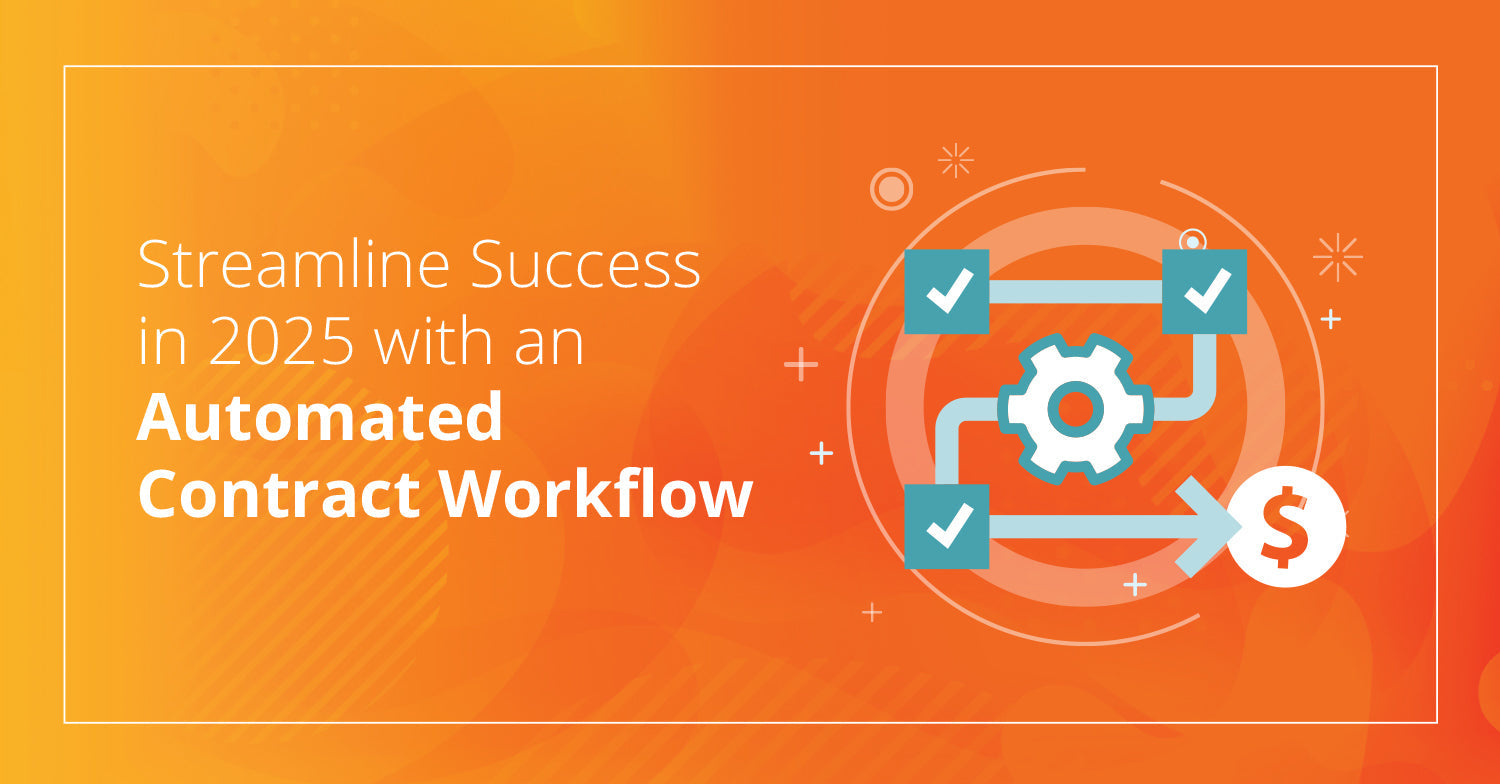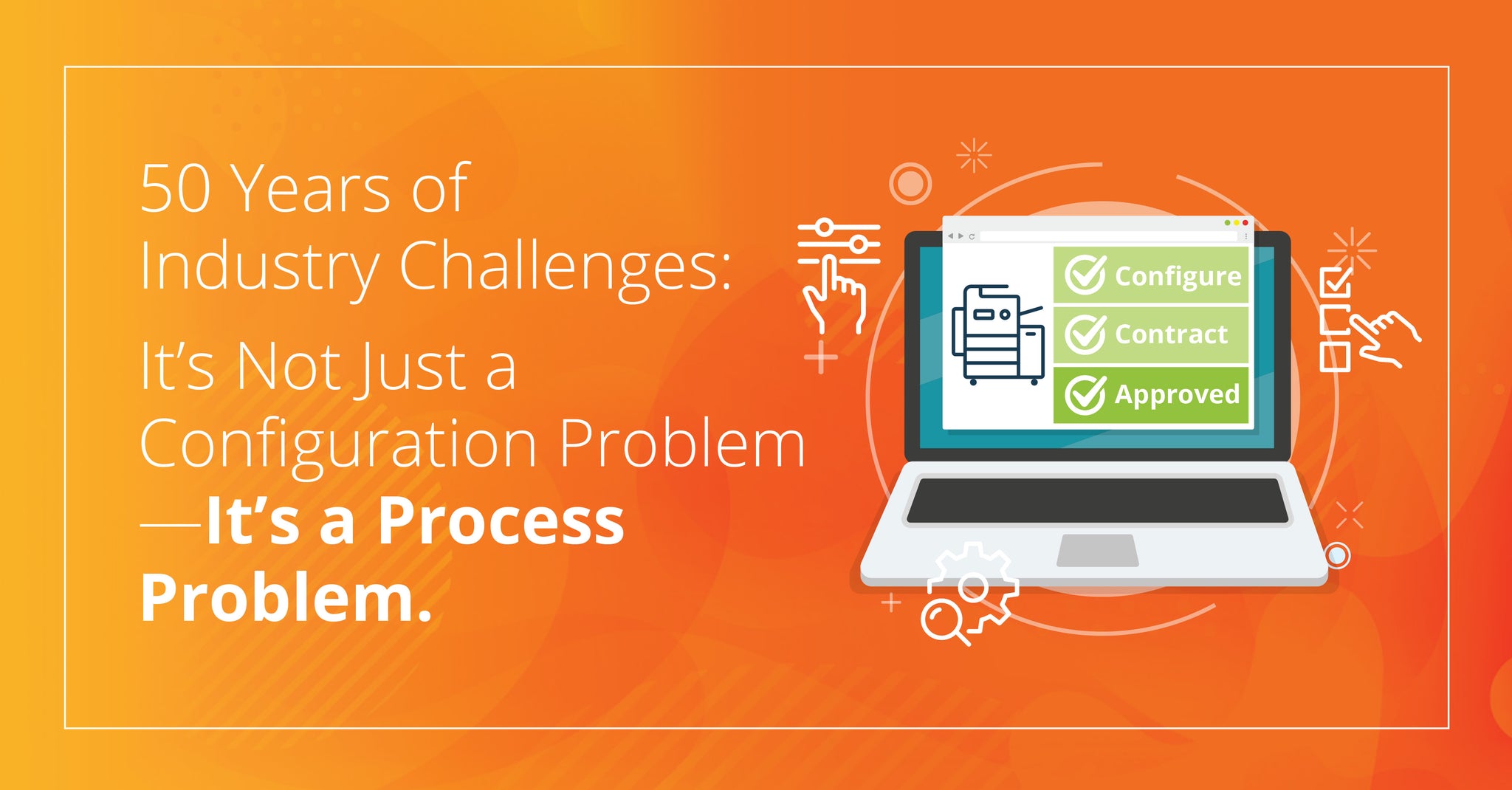
20,000 pages per month is an increasingly tough floor.
Widespread promotion of MPS took off around 2007. We are well into our second decade of that promotion (note: promotion; not adoption). It is a safe bet you’ve made the pitch to all the accounts that would be good candidates for MPS by now. If they haven’t converted to MPS in the past decade, why will they do it now?
One important point about MPS is that it has an increasingly high floor. I’ve often heard the magic MPS floor is 20,000 monthly pages. Here’s what that would look like:

These numbers are pretty generous.
- Are you getting $0.02 and $0.08?
- Are employees printing 10 pages per day? (Average is 6)
- Can you pay a salesperson and an MPS specialist to do multiple calls and spend hours of time to create $700 in revenue and maybe $200 in gross margin per month?
In 2007, those numbers looked better as workflows created more pages, and printers were more expensive and less reliable. Office print was more “mission critical” then. To a company this size, print is a $10,000 a year problem/expense. If your value proposition is ‘save money and get better service’, and that savings is 20%, then you are talking about maybe a $125 a month solution.
Saving a $125 a month to a customer with 100 employees is equivalent to a cup of coffee per employee. That’s not exciting in 2019.
That problem is also getting smaller as customers continue to print less. Switching the conversation to seat billing is perhaps better, but it doesn’t change the underlying metric much, except to make it easier to acquire and more difficult for the customer to measure.
We all know insanity is doing the same things over and over again and expecting different results. 10+ years of MPS sales. Your close rate won’t improve. As volumes decrease, that revenue floor gets tougher to hit. The number of prospects/customers above that floor get lower every year. Digital automation and e-commerce become the best way to add value for customers below the MPS Floor. A complaint I often hear is that e-commerce doesn’t fit with my face to face sales model. My response?

It’s not that e-commerce doesn’t fit your sales model, it’s your sales model doesn’t fit your value proposition.
E-commerce also represents the best opportunity you have to expand beyond print (you need to) and become a value-added, indispensable partner. Let’s talk.


